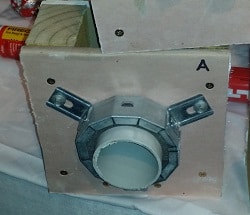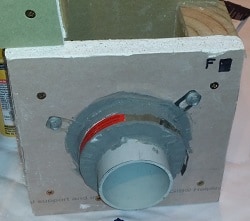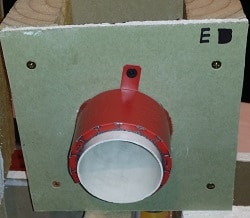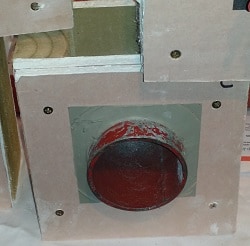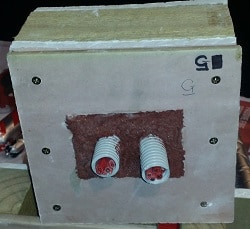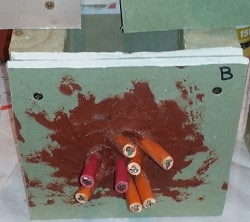The Almost Perfect Passive Fire Stopping
Awareness around the poor state of passive fire stopping is increasing and a recent article in the NZ Herald article has further highlighted the issues facing the industry.
While designers, inspectors and installers are improving their level of knowledge, fire stopping is not just a matter of buying some fire rated foam, sealant or a collar and installing it. Fire stopping is collection of products which form a system and may include a particular wall or floor construction along with a specific range of manufacturers products which are then tested. When they are installed outside the test parameters it is not easy to predict how they will perform.
This brings us to the subject of the “almost right passive fire stopping”. At a first glance it looks like it might comply but on further investigation it may be totally ineffective. At the recent Fire NZ conference in Wellington Ron Green and Frank Wiseman from Fire Group Consulting had a selection of fire stops and a quiz to test the delegates knowledge on passive fire stopping.
Here are the samples. Note that they do not have labels in accordance with AS 4702.1 nor a register of products used so unless you are an expert in identifying the large range of passive fire products on the market you can only guess whether they comply. There is no substitute for knowing all the products used in a passive firestop system and then checking the installation against the manufacturers installation literature and test data.
Assuming you had all the necessary data, I have listed what you would need to consider before you could say it was a compliant passive firestop
It is installed on a single layer of plasterboard so may not have been tested for this situation.
Two fixings seem to be into the timber substrate behind the gib, however the third is through the plasterboard. If the manufacturer allows this, have the correct fastener been used.
The penetration is going through one layer of 19mm plasterboard which is the most common scenario that fire collars have been tested for.
A sealant has been used between the intumescent component within the collar and the pipe. This will delay the heat getting to the intumescent component in the collar and delay its activation. It is unlikely to have been tested like this.
It is on a single layer of plasterboard with fixings directly into the plasterboard so the suppliers datasheet would need to be checked for correct fixing detail and whether it has been tested on a single layer of plasterboard.
Two layers of plasterboard is a good start.
Is intumescent sealant suitable for this type of scenario, has it been applied to the full depth of the two layers of plasterboard.
Does the distance between the pipe and plasterboard comply with the maximum and minimum annular gap allowed by the test certificate.
Two layers of plasterboard have been used which is a good start.
Has the intumescent sealant been applied to the full depth of the plasterboard. The only way to check this onsite is to check a sample of penetrations by removing some of the sealant.
Does the distance between each conduit and between the conduit and plasterboard comply with the manufacturers data.
Has the setup been tested with no intumescent material inside the conduit.
Two layers of plasterboard have been used which is a good start.
Has the sealant been applied to the full depth of the plasterboard.
What is the annular gap between the outside of the cables and the plasterboard. Does it comply with the manufacturers datasheets.
Do the cables need to be coated beyond the wall to avoid heat transfer along the copper cable conductors.
What is the maximum diameter of the bunch of cables that have been tested.

